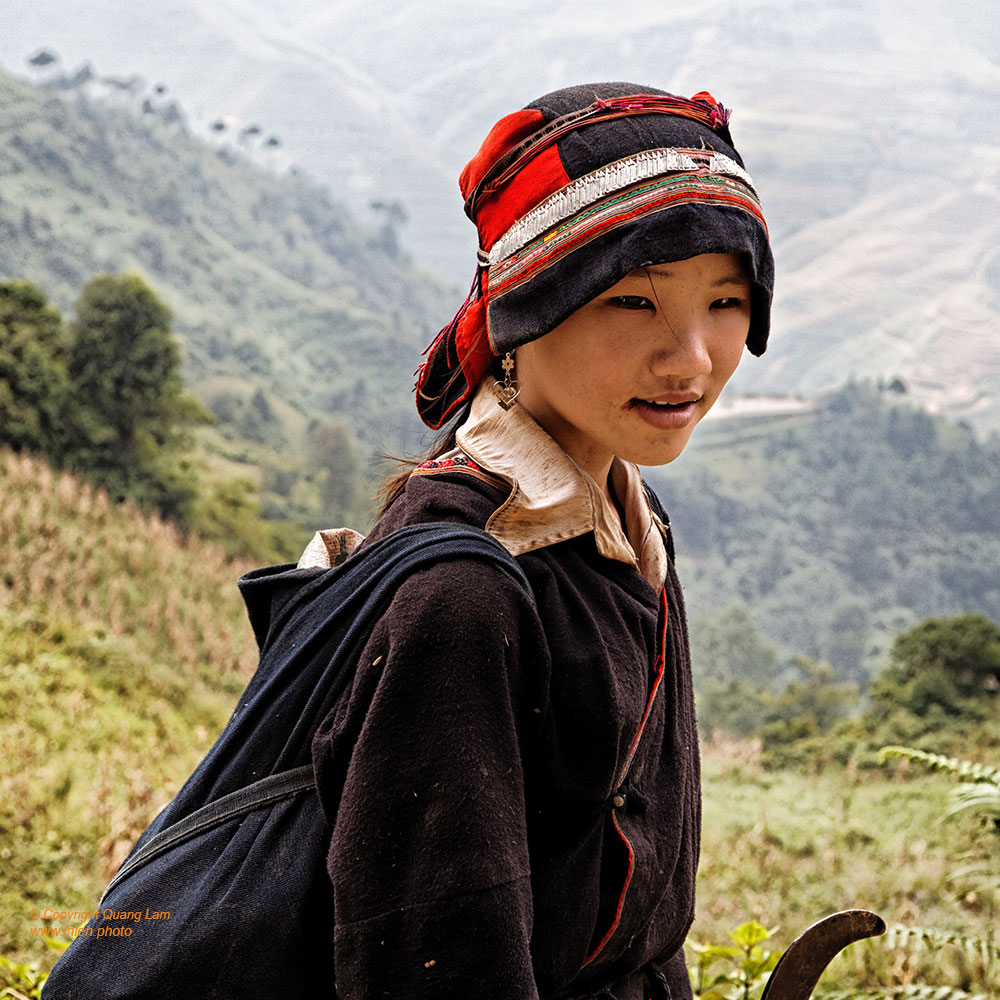Additional information
| Format | |
|---|---|
| Photographer |
$150.00 – $350.00
” Today, the harvest is already done and the weather is cloudy. I must forget the postcards colors; only remain the ocher earth and the gray rocks. I want to photograph this austere nobility, through the portraits of Dao, Hmong, Lolo ethnic people and their habitat.
It is my way to say thanks for their hospitality and pay tribute to their art revealed, by the hypnotic patterns of their costumes.
Their traditional habitat is made of thick walls of earth, economical and thermally efficient material. It takes about two months to finish the construction. The roof is made of tiles called Ying Yang. At Dong Van there is still a historical quarter with old houses, dominated by two peaks. On the top of the highest one stands the French fort of Pu Lo, built in 1889.” – Text by the photographer.
| Format | |
|---|---|
| Photographer |
Format A3 (30x42cm)
if the artwork is square, it will be 30cm large
Format A2 (42x59cm)
if the artwork is square, it will be 42cm large
Others formats : bigger formats up to 1 meter are available. Please send us a request

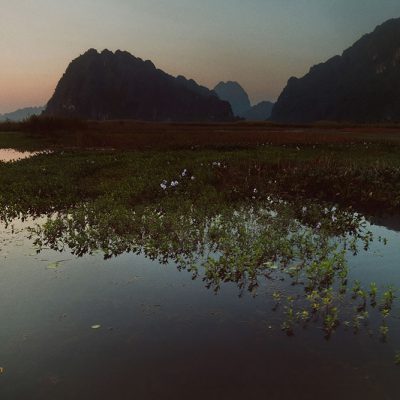
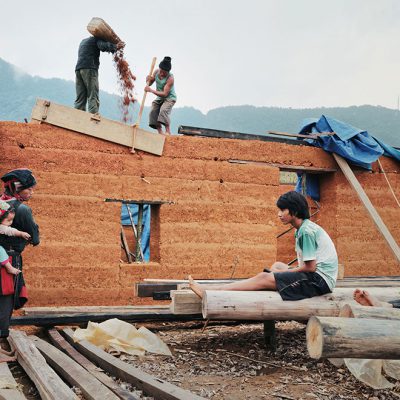
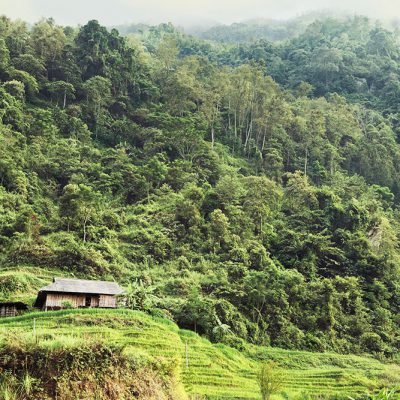
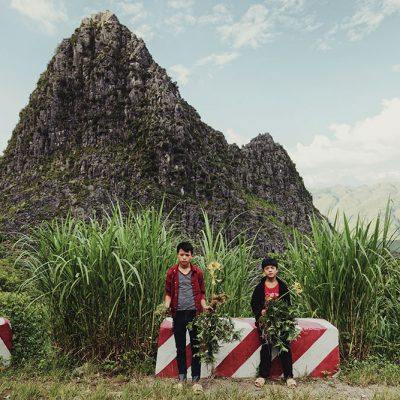
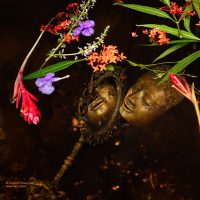
You can see this artwork in the whole context of its series. You also can order the following photos which are at a similar price
“I’m contemplating the mountains crossed by the stripes in geometric pattern similar to the locals clothing fabrics. These people have found refuge here, among the heights that scare both Hans and Kinh people from the lowlands. To grow rice, they patiently engraved the land into embroideries of laces that are stretched as far my eyes can see. These strata are marks of time like the concentric circles of a tree.
After this stop, my guide Nam and I get back on our bike to reach Dong Van before nightfall. As a photographer, I have just arrived yesterday in the province of Ha Giang and this road which passes through 150 km of successsive mountain ranges, along deep ravines up to the peaks through “heaven gates” in Quan Ba and Yen Min, has already acted on me like a time accelerator. With the thrill of speed, I am projected into the wind, rain, dust. We climb gradually to the clouds, soaked to the skin.
This region is the opposite of my prior of a remote area. Power lines straddle the landscape, the mobile phone is accessible everywhere, the road are well built. The government’s intention to develop this province is clearly visible. This is the 21st century after all and even the extreme North of Vietnam is not spared.
However, along the road the men, women and children dressed in colorful or black costumes are still walking with heavy loads on their back such as hay for livestock, wood for cooking … At the village market each one brings his meager goods, sometimes one piglet (sold a million dong).
This contrast underlines the harsh life. According to my guide, it is not uncommon that children still lack warm garments for winter and saving water for a bath is a luxury. Around Dong Van town you can see water tanks funded by NGOs to cope with the lack of rainfall. I have the feeling that the history of these peoples has included incessant struggles and hard work.
To preserve this area, UNESCO registred is as part of the World Global Network of National Geoparks (GGN) in 2010 and officially describes it thus, “Dong Van Geopark is home to 17 ethnic groups which create the unique and rich cultural heritage of this area. The socio – economic life of the geopark should be improved to achieve the Millennium Development Goals that Vietnam committed.”
Today, the harvest is already done and the weather is cloudy. I must forget the postcards colors; only remain the ocher earth and the gray rocks. I want to photograph this austere nobility, through the portraits of Dao, Hmong, Lolo ethnic people and their habitat.
It is my way to say thanks for their hospitality and pay tribute to their art revealed, by the hypnotic patterns of their costumes.
Their traditional habitat is made of thick walls of earth, economical and thermally efficient material. It takes about two months to finish the construction. The roof is made of tiles called Ying Yang. At Dong Van there is still a historical quarter with old houses, dominated by two peaks. On the top of the highest one stands the French fort of Pu Lo, built in 1889.
In little further north lies the Middle Kingdom, whose power of attraction and distrust are still intact. France has paid the price with his colonial adventure in Indochina, hoping to trade with China from the South. Since 2010, in the small village of Lung Cu, a tower with a huge Vietnamese flag stands not only to mark the northernmost tip of Vietnam but also its national territory, irreversibly.
Facing the modern lifestyle, we can only praise all initiatives to preserve traditional skills such as those of Ms Thi Thao Chau in MeoVac or of the NGO International Batik in Lung Tam (Quan Ba) who have founded weaving mills and local crafts business. Tourism agencies are developing home stay in ethnic villages. Everybody, visitors, local people should follow the UNESCO‘s commitment “to develop sustainable tourism, conservation of heritage values and Earth science research”.
At the end of this journey, the road between Dong Van and Meo Vac is deserving its reputation. Offering breathtaking views down to the valley carved by the river Ngo Que, it draws through the maze of karst peaks on top of which houses are perched like eagles’ nests. In the misty morning as the wind is blowing through my helmet, I understand why these people prefer to stay in far up there, unreachable.”
Written by Quang Lam and published in the magazine the Guide (2012)



